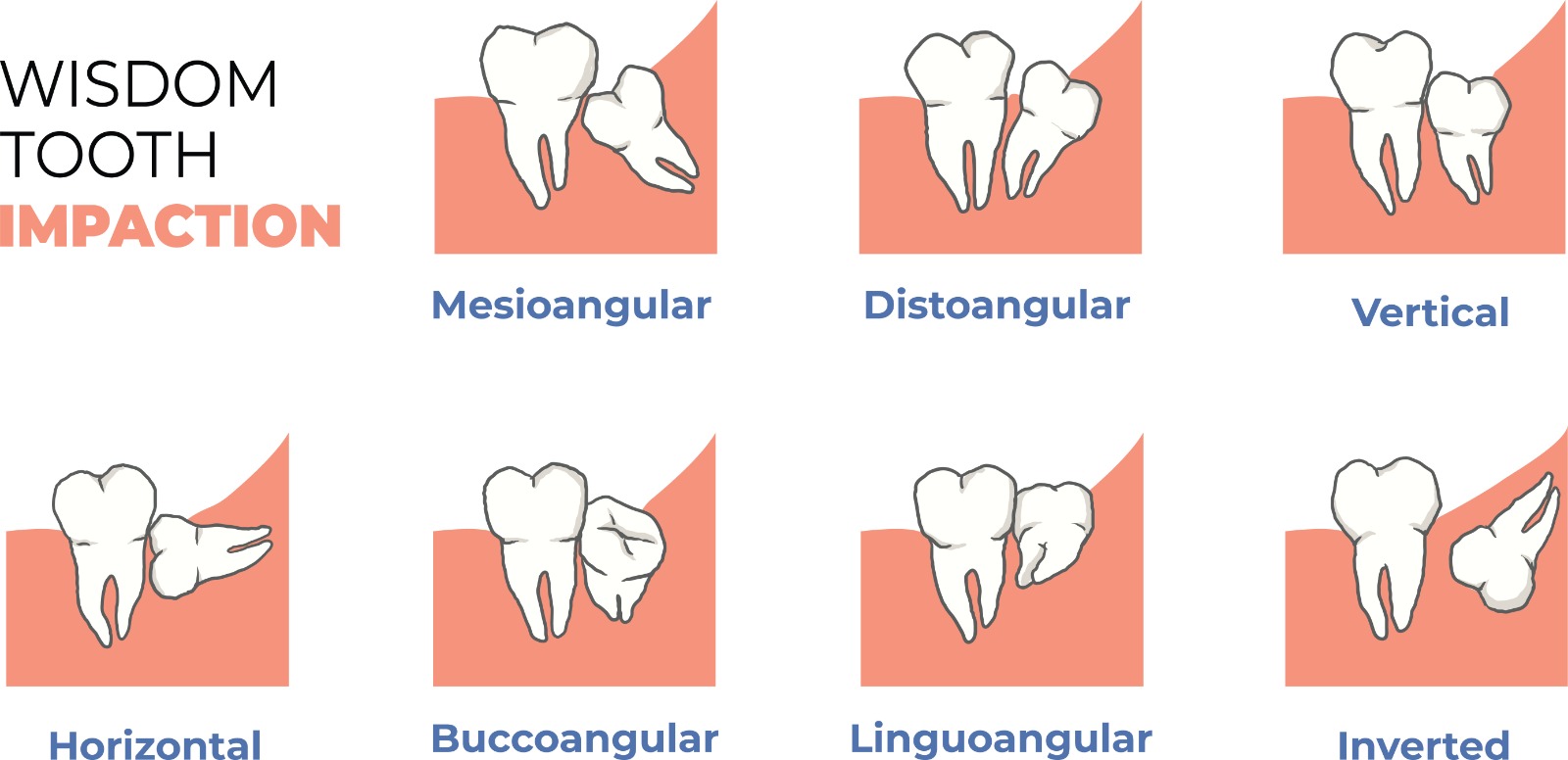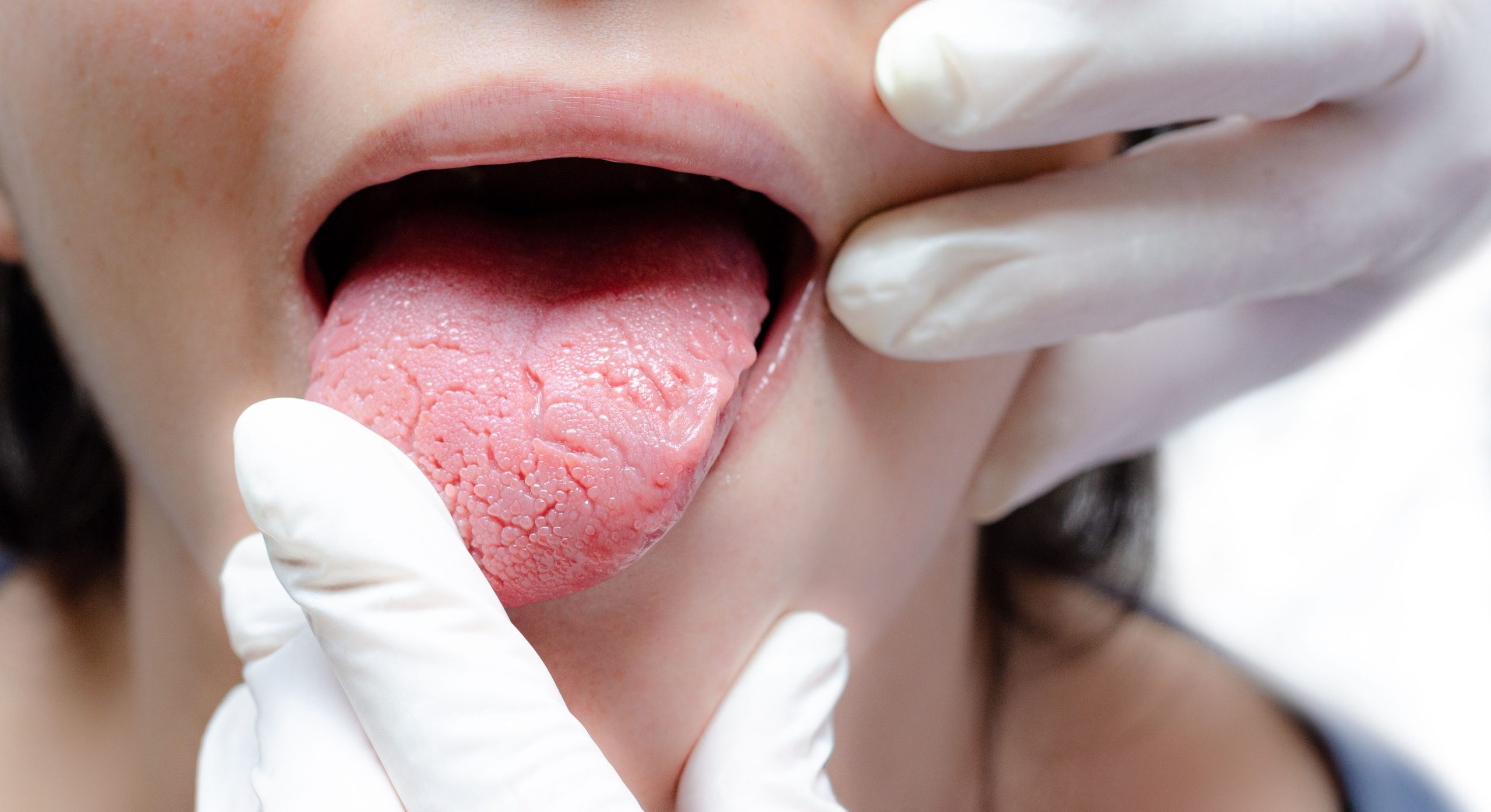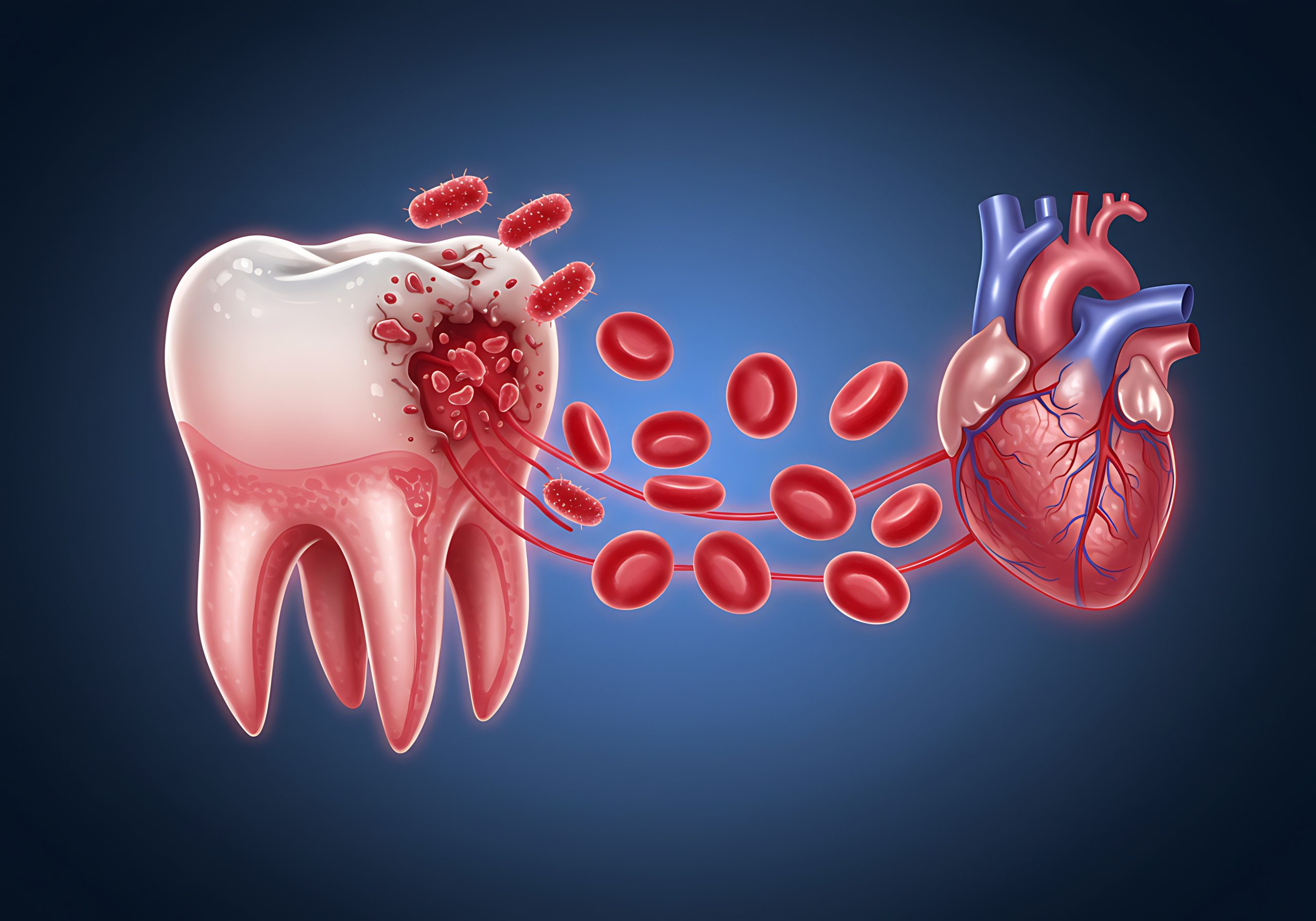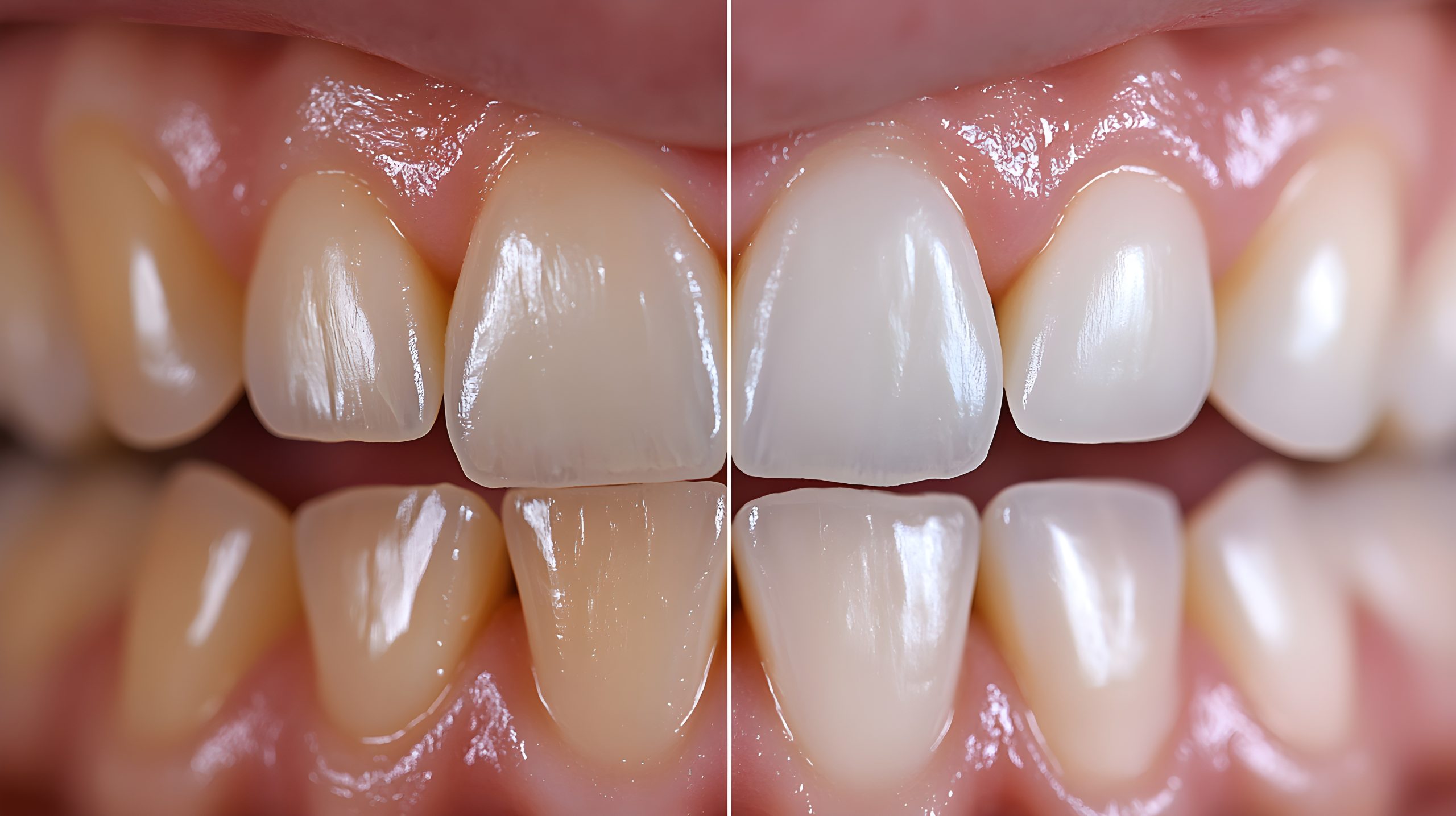Wisdom teeth, the final set of molars emerging typically between ages 17 and 25, can sometimes lead to complications like discomfort, misalignment, or infections. When these issues arise, removal is often recommended. While the idea of extraction might seem daunting, proper preparation and post-procedure care can ensure a smooth and comfortable recovery.
At Sai Yashoda Dental Care, your comfort comes first. We’re here to support you at every stage of treatment. This easy-to-follow guide will help you prepare for and recover smoothly from wisdom teeth removal.
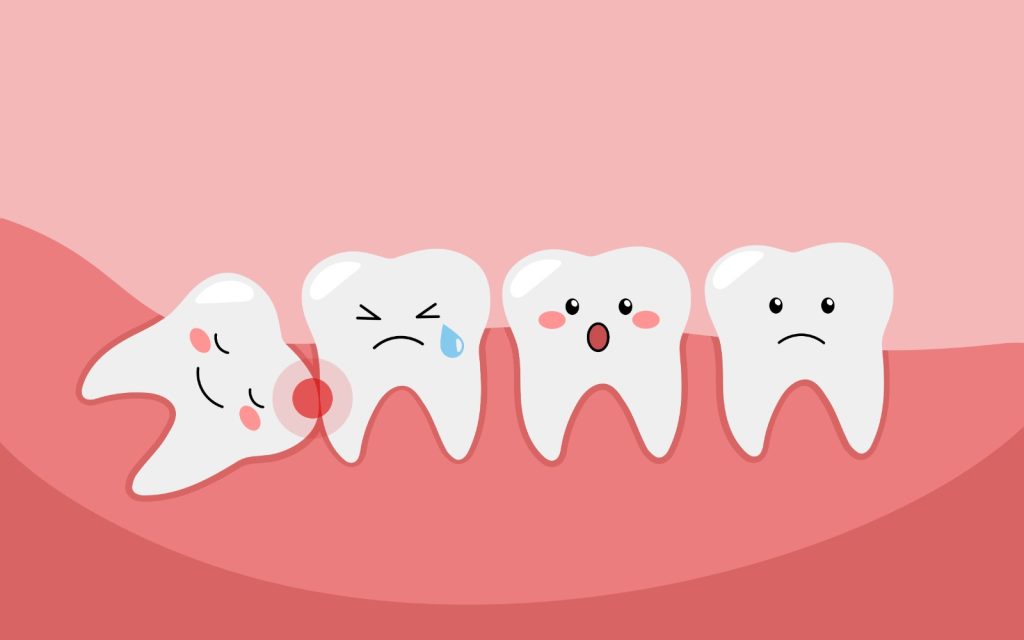
Before Your Procedure
Thoughtful preparation sets the stage for a successful procedure and easier recovery.
🟢 Best Practices
- Follow pre-surgery fasting guidelines: If your procedure involves sedation or local anesthesia, refrain from eating or drinking for 6–12 hours beforehand, as instructed by your dental professional.
- Plan your ride home: Sedation can leave you drowsy, so arrange for a trusted friend or family member to drive you after the procedure.
- Wear loose/comfortable clothes: Preferably with short sleeves, to make IV placement or monitoring easier.
- Disclose health information: Share details about medications, supplements, or health conditions with your dentist to avoid complications.
- Stay hydrated: Drink lots of water the day before to help your body recover, unless your doctor advises otherwise.
🚫 Things to Avoid
- Smoking or tobacco products: These can interfere with anesthesia and slow healing.
- Ignoring pre-op instructions: Follow all recommendations, such as blood tests or medication adjustments, to ensure safety.
- Sneaking food or drinks: Consuming anything too close to the procedure can increase risks during anesthesia.
Immediately After Surgery
The first 24 hours are critical for healing, as a blood clot forms at the extraction site. Protecting this clot is essential to avoid complications like dry socket.
🟢 Best Practices
- Use gauze properly: Bite gently on gauze for 30–45 minutes to manage bleeding, replacing it only as directed.
- Keep your head raised: Use pillows to help lessen swelling and bleeding.
- Apply cold packs: Place an ice pack on your cheek for 20-minute intervals to minimize swelling.
- Follow medication instructions: Take prescribed pain relievers or antibiotics exactly as directed.
- Stick to soft, cool foods: Opt for items like smoothies, applesauce, or lukewarm broth, avoiding straws.
🚫 Things to Avoid
- Avoid forceful rinsing or spitting: These can disturb the blood clot.
- Using straws: The suction motion increases the risk of dry socket.
- Do not disturb the healing area: Avoid putting your tongue, fingers, or any objects near the socket.
- Alcohol or tobacco use: Both can delay healing and heighten discomfort.
Days 2–3: Controlling Swelling and Discomfort
Swelling typically peaks during this period. Consistent care helps manage symptoms and promotes healing.
🟢 Best Practices
- Transition to warm compresses: After 24–48 hours, apply warm compresses to reduce stiffness and improve blood flow.
- Gently rinse with saltwater: Use a mild saline solution after meals to keep the area clean.
- Eat nutrient-rich soft foods: Try mashed avocado, oatmeal, or soft scrambled eggs for balanced nutrition.
- Complete your medication course: Continue antibiotics as prescribed to prevent infection.
🚫 Things to Avoid
- Skipping oral hygiene: Gently brush your teeth, avoiding the surgical site, to maintain cleanliness.
- Strenuous activities: Heavy exercise or lifting can trigger bleeding or swelling.
- Irritating foods: Avoid crunchy, spicy, or hot foods that could aggravate the wound.
Days 4–7: Moving Toward Full Recovery
By this point, most patients notice significant improvement, though complete healing may take longer.
🟢 Best Practices
- Ease jaw stiffness: Perform gentle jaw stretches as recommended by your dentist.
- Gradually reintroduce foods: Incorporate soft solids like steamed carrots, pasta, or tender fish.
- Monitor for warning signs: Contact your dentist if you experience severe pain, fever, swelling, or unusual discharge.
🚫 Things to Avoid
- Resuming tobacco use: Smoking or chewing tobacco can still hinder healing.
- Rushing your diet: Stick to soft foods if chewing remains uncomfortable.
- Missing follow-up visits: Attend scheduled appointments to ensure proper healing and stitch removal, if needed.
When to Reach Out to Your Dentist
Contact your dental professional immediately if you experience:
- Persistent or excessive bleeding
- Swelling that worsens after day 3
- Fever, chills, or signs of infection like pus
- Increasing pain instead of relief
- Prolonged numbness or tingling
Why Choose Sai Yashoda Dental Care?
At Sai Yashoda Dental Care, we’re committed to making your wisdom teeth removal experience safe and stress-free. Our team provides personalized care, from detailed pre-surgery planning to tailored aftercare support, ensuring a smooth recovery with minimal discomfort.
Your Path to a Healthy Recovery
Successful recovery hinges on rest, proper nutrition, pain management, and adherence to your dentist’s guidance. By following these steps, you can heal quickly and avoid complications.
If you’re experiencing issues with your wisdom teeth, book a consultation with Sai Yashoda Dental Care today. Let our skilled team help you achieve lasting oral health and comfort.



